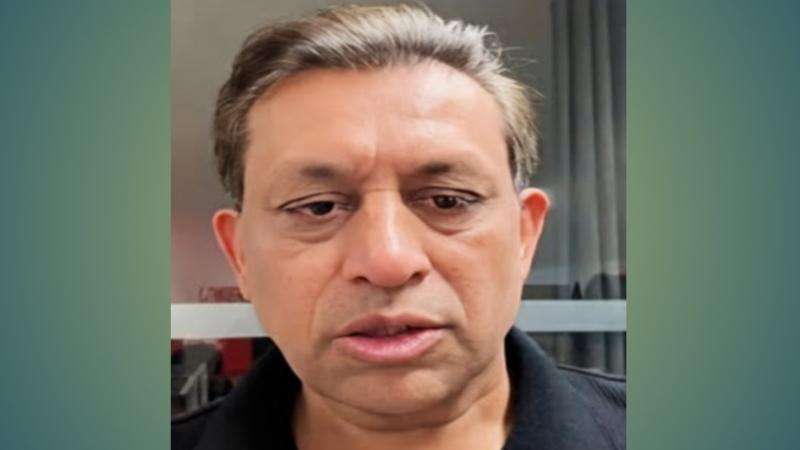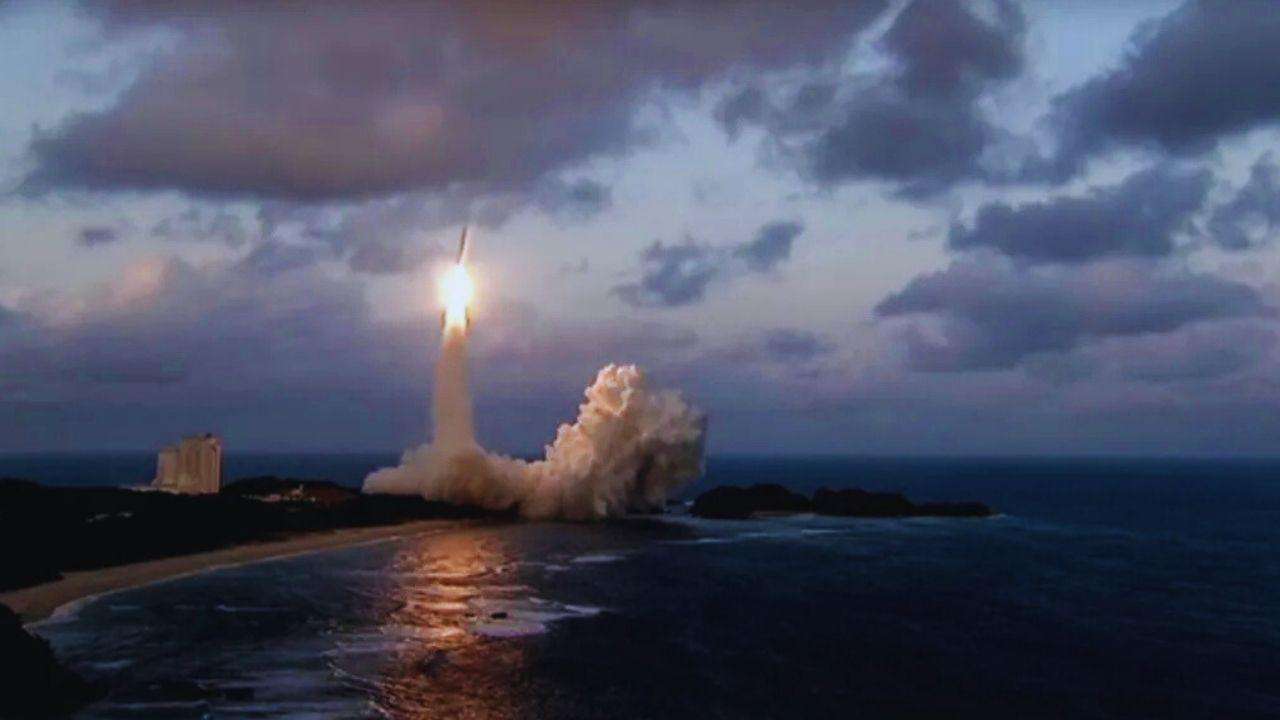In an effort to develop a more accurate geographical positioning system of its own, Japan's space agency successfully launched a navigation satellite aboard its new flagship H3 rocket.
On Sunday, the Michibiki 6 satellite-carrying H3 rocket lifted off from the Tanegashima Space Centre on an island in southwest Japan.
About 29 minutes after the liftoff, Makoto Arita, the H3 project manager for the Japan Aerospace Exploration Agency (Jaxa), reported that everything went according to plan and the satellite successfully detached from the rocket.
Officials said it is expected to reach its targeted geospatial orbit in about two weeks.
Japan currently has the quasi-zenith satellite system, or QZSS, with four satellites for a regional navigation system that first went into operation in 2018.
The Michibiki 6 will be the fifth of its network.
Michibiki’s signals are used to supplement American GPS and will further improve positioning data for smartphones, car and maritime navigation and drones.
Japan plans to launch two more navigation satellites to have a seven-satellite system by March 2026 in order to have a more precise global positioning capability without relying on foreign services, including the US, according to the Japan Science and Technology Agency. By the late 2030s, Japan plans to have an 11-satellite network.
Prime minister Shigeru Ishiba, noting the successful launch in a statement later on Sunday, promised that his government will make further efforts to “maximise” the use of the navigation satellite system so that more people can smoothly access positioning data.
Sunday’s launch, delayed by a day due to the weather, was the fourth consecutive successful flight for the H3 system after a shocking failed debut attempt last year when the rocket had to be destroyed with its payload.
Japan sees a stable, commercially competitive space transport capability as key to its space programme and national security and has been developing two new flagship rockets as successors to the mainstay H2A series — the larger H3 with Mitsubishi Heavy Industries and a much smaller Epsilon system with the aerospace unit of the heavy machinery maker IHI.
It hopes to cater to diverse customer needs and improve its position in the growing satellite launch market.








.svg)



